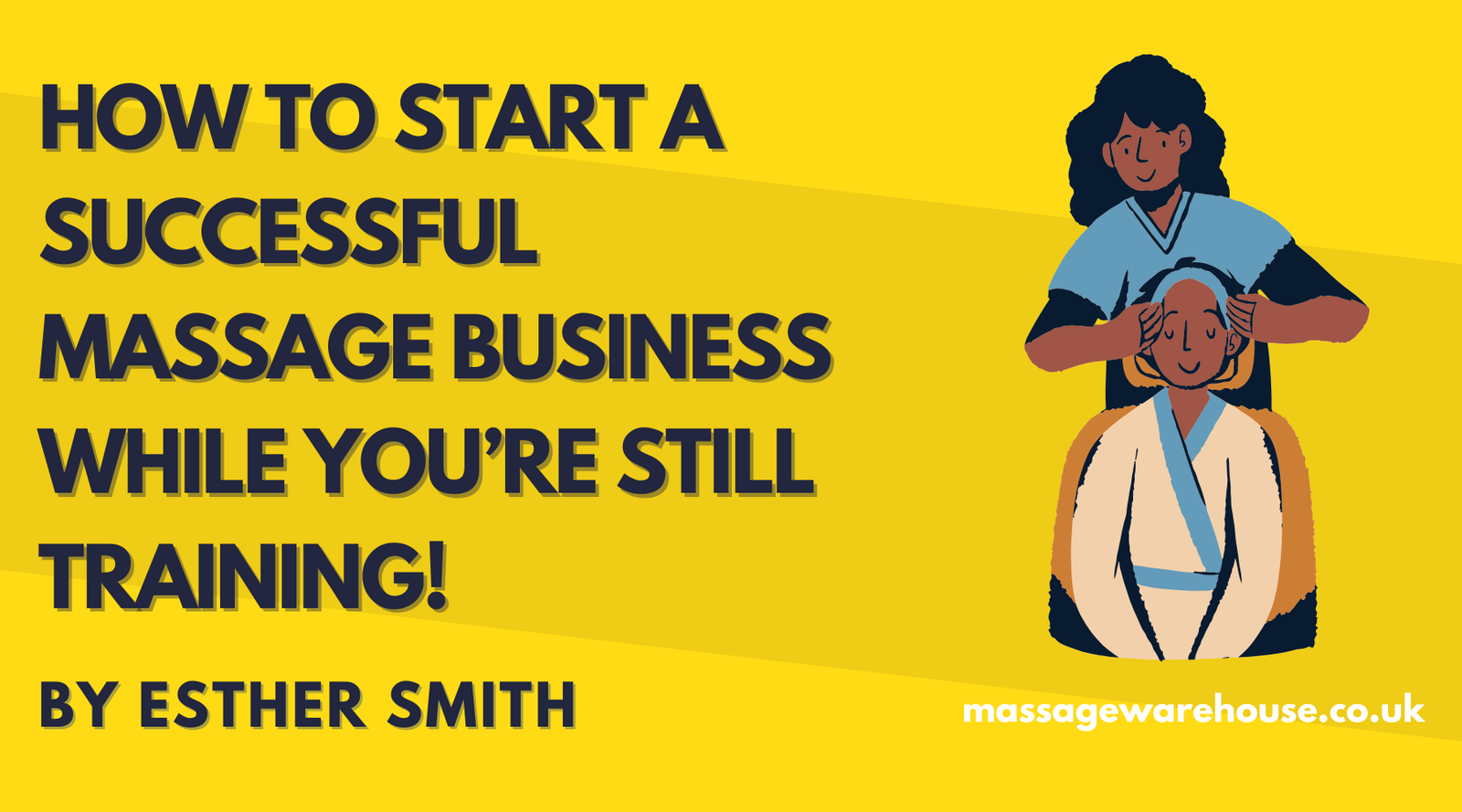Your Cart is Empty
Amazing table, I need it for reflexology and massage so the lifting of the head rest, the arms and the extended head support are all amazing features.
My only thing is that I am very tall and with the legs at it most extended the bed does not collapse together so if I wanted it at its fullest height I would have to change the legs every time! That is my only negative, but apart from that it is a beautiful bed, it’s nice and wide for the clients and very comfy. So thank you very much 🥰
Very happy with the softness and quality of the covers, well-sown, I haven't tried the natural colour before but I really like it!
Thank you for the couch rolls. From order to delivery everything went to plan.
Being water soluble I have found it saves my sheets and towels. I’m sure it’s easier on my washing machine too.
Most importantly it’s beautiful to work with and my clients love it
I love working with this. Have used it for many years both in massage and reflexology. Excellent service from Massage Warehouse and quick delivery. Thank you ☺️












